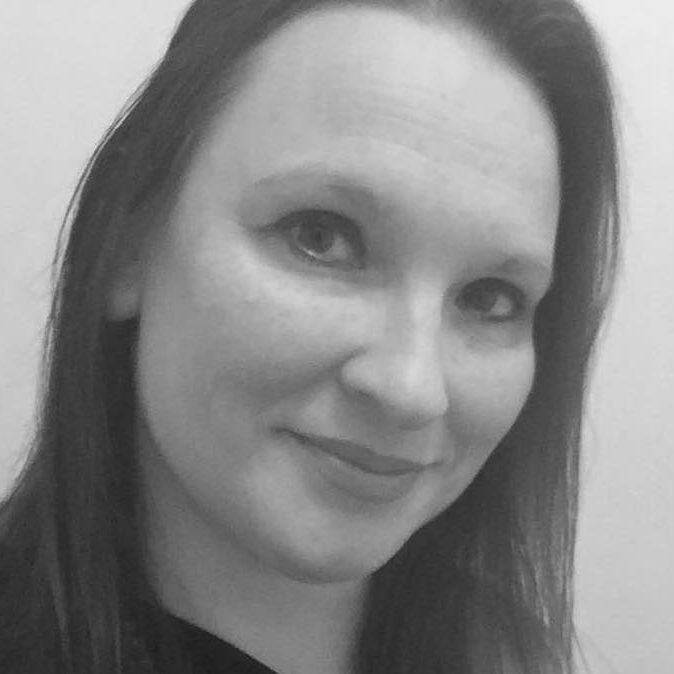“What am I supposed to wear to a ranch?”
The “ranch” in question was the headquarters of the Leichtag Foundation, a major funder of Jewish and Israeli causes, headquartered in Encinitas, Calif. (in northern San Diego County). My snow-logged East Coast pals were consulting me on wardrobe for The Collaboratory, a 24-hour gathering at the ranch for 140 innovators, activists and entrepreneurs to “gain new connections, new skills and new energy to take back to your work,” as organizers promised. My major piece of advice: “Bring layers.” And they did. Not just literally, in their suitcases, but also metaphorically, in their skills and networks, forming a delightfully complex and multifaceted presence.
Although it has always been true, only now, in this hyper-connected time, have we become acutely aware that when we see someone, we are also seeing his or her social and professional context. We try to peel their layers, playing Jewish geography to help us collate them into our own contexts. Who do they know? Who have they worked with? Which organizations have supported them, and which have abandoned them?
Having been involved with this sector for more than a decade, I also see the network layers. For me, The Collaboratory itself is a microcosm of people from different towns and countries, with familial layers — cousins, friends, neighbors, partners and exes — even the ones I don’t know, if you go not-so-far back, we’re all connected.
The gathering was created by a number of the major Jewish innovation groups, all of which I’ve worked with in some capacity over the past decade. Former and current Upstart Bay Area and Bikkurim fellows peppered the room, representing projects that stretch back to the early Jewish innovation years. Charles and Lynn Schusterman Family Foundation partners and ROI Community members were also present, from ROI cohorts stretching back to the first annual summit experience for young Jewish innovators in 2006. I recognized some participants as empowered leaders whose projects have been strengthened and amplified by the Joshua Venture Fellowship. PresenTense-trained social entrepreneurs from different cities represented their own organizations as well as the intensive fellowship itself.
The Los Angeles innovation cohort was well-represented, including gap-year program Tzedek America, philanthropic research and design lab Jumpstart, Silverlake Independent JCC, The Jewish Federation of Greater Los Angeles, Temple Emanuel of Beverly Hills, crowd-funding platform Jewcer, Jewish Entertainment Network LA, Moving Traditions, Venice’s Open Temple, Moishe House, Neesh Noosh (writing on faith and food, as seen in the Jewish Journal) and USC’s Center for Religion & Civic Culture. The layers of overlap between and among these network circles reveal different cities and projects, but a similar dedication to new ways of creating meaning.
Innovation translates texts into new vernaculars: visual, auditory or experiential. The five performances of the “Collabaret” showcase illustrated this perfectly. Comedy duo YidLife Crisis (Eli Batalion and Jamie Elman) showed an original Yiddish comedy sketch with English subtitles. Alicia Jo Rabins from Girls in Trouble applied contemporary song styles to classical narratives, using a looping pedal to record and play back in layers over previous ones. Miriam Brosseau from Stereo Sinai played original songs, influenced evenly by pop music and traditional texts. British import storyteller Rachel Rose Reid performed a narrative poem — spoken word and song commissioned for a festival marking Woody Guthrie’s centenary. And Jay Stone beat-boxed a Michael Jackson medley, and then the Shema.
As emcee, I stepped onto the stage between acts, sharing interstitial comedic bits (in one case, a spoken word response to our beloved Pew Study) and performer bios, and watched the room from a literal step above. I could see our affiliations hovering above us, intersecting in broken and solid lines of connection. I remembered “The Source,” the James Michener novel about a tel — a hill whose layers contained the remnants of several civilizations, hundreds or thousands of years apart — in the cross section, you could see some of the pieces, but you had to unpack the layers to learn their stories.
Innovators are the next generation of farmers in this work, overturning the layers, mixing in new seeds in old earth, taking the things we know and adding layers of meaning and relevance. The application of a contemporary cultural gloss on passed-down traditions is simply a new fertilizer to activate growth.
While many “Collaboratorians” work to create meaning for the innately fundable “next generation” (widely defined as those in their 20s to mid-40s), others work on a larger communal level. All of them know that tradition and the embrace of new modes of Jewish storytelling — regardless of age group — requires a consensus that can be challenging to obtain. But now there’s an international collective of wisdom that can be dipped into when innovators face challenges.
“Innovation starts from a discipline of discovery,” said Collaboratory keynote speaker and innovation strategist Lisa Kay Solomon. For participants in the Collaboratory, who are inclined toward this “discipline of discovery,” knowledge of the diverse skills, interests and personalities within a network is a first step toward the spirit that unites them as they continue their layered work of continuity, creativity and collaboration.






















 More news and opinions than at a Shabbat dinner, right in your inbox.
More news and opinions than at a Shabbat dinner, right in your inbox.